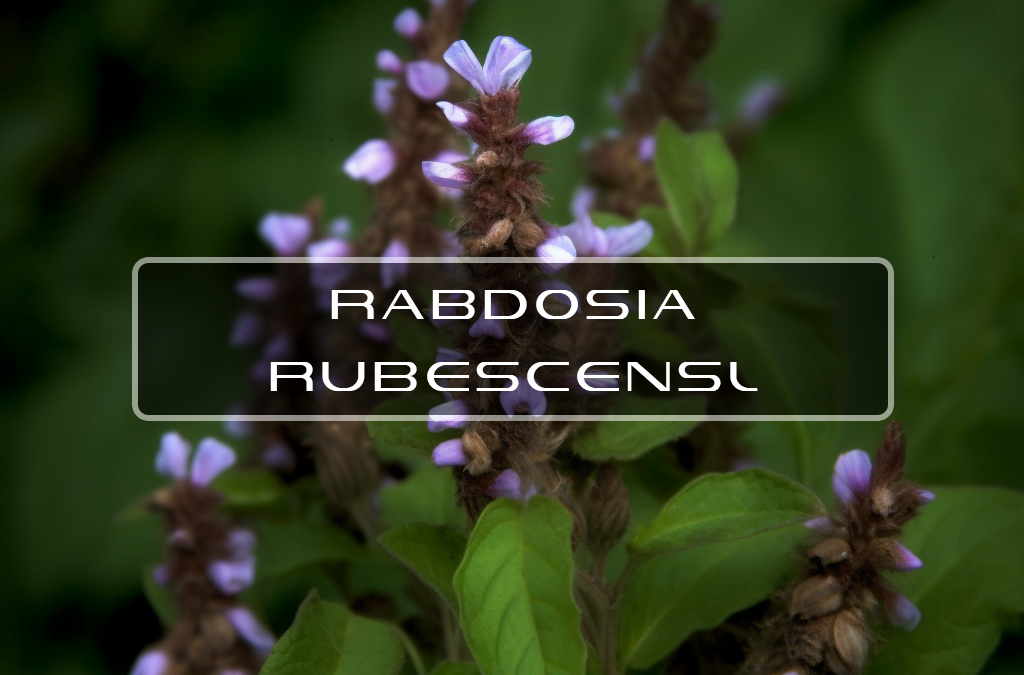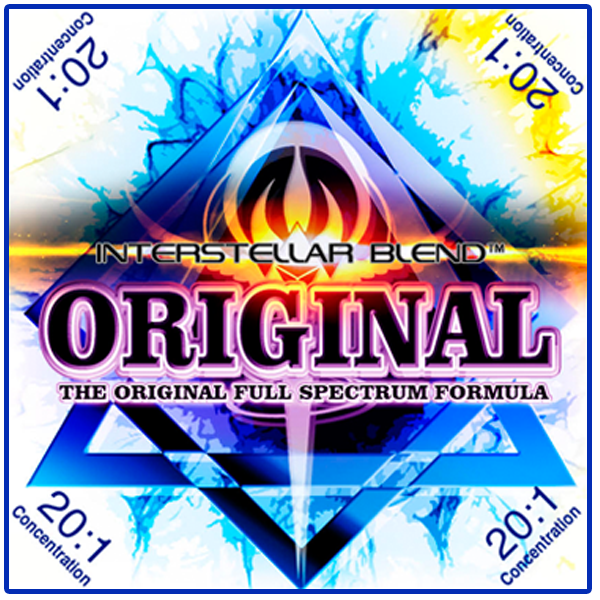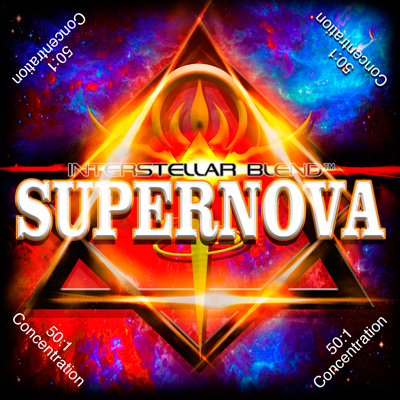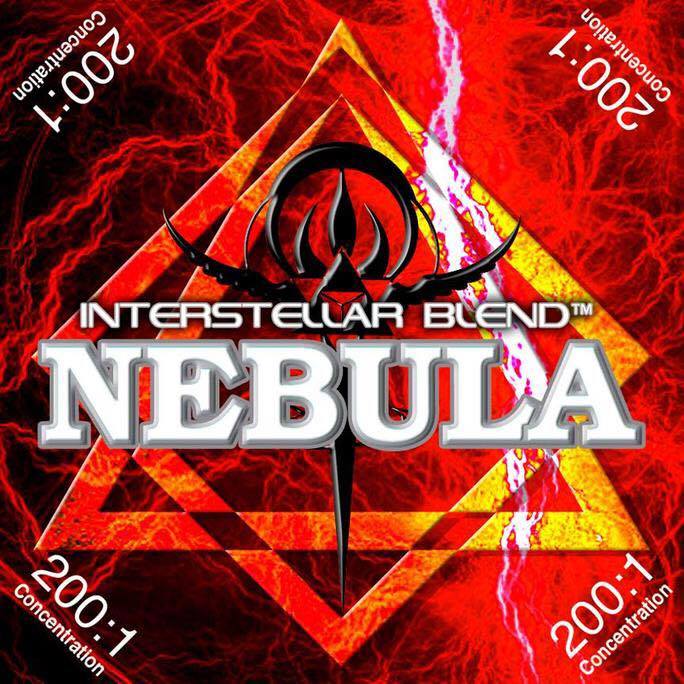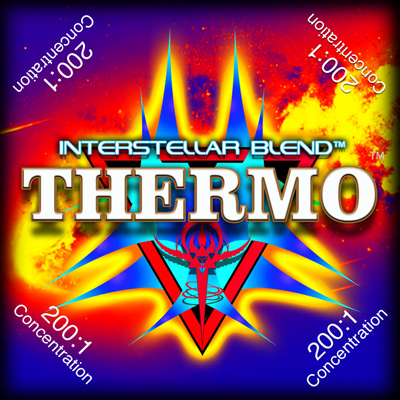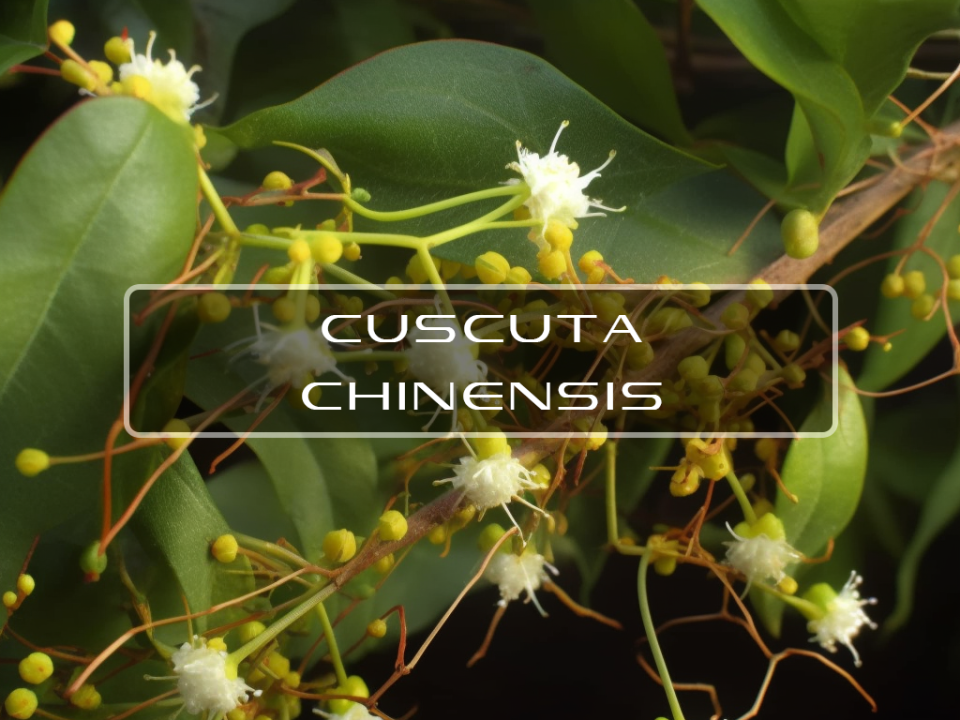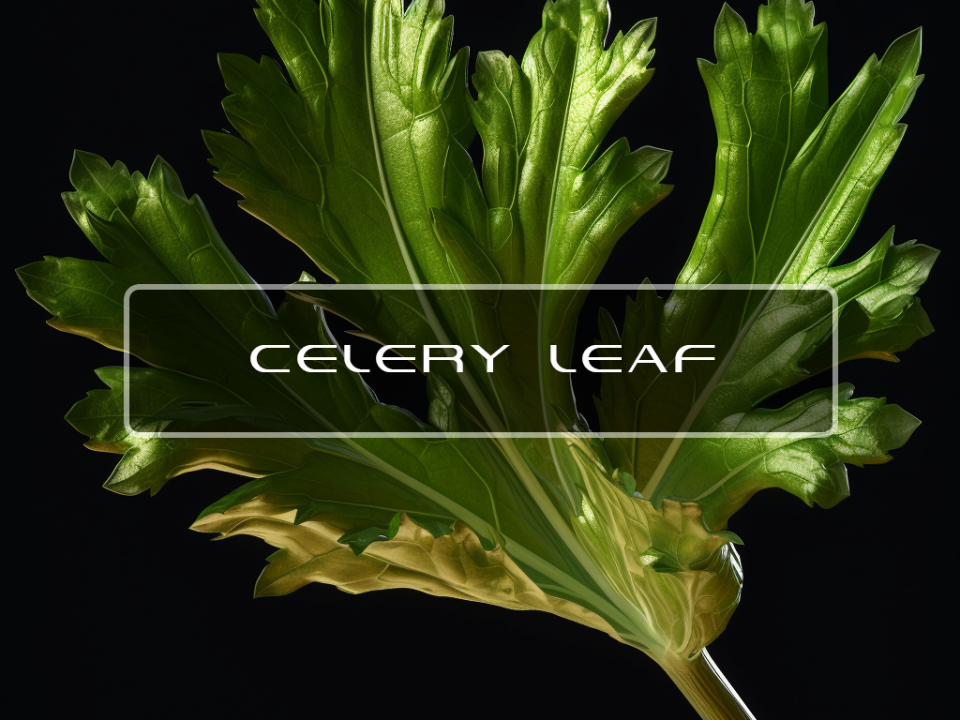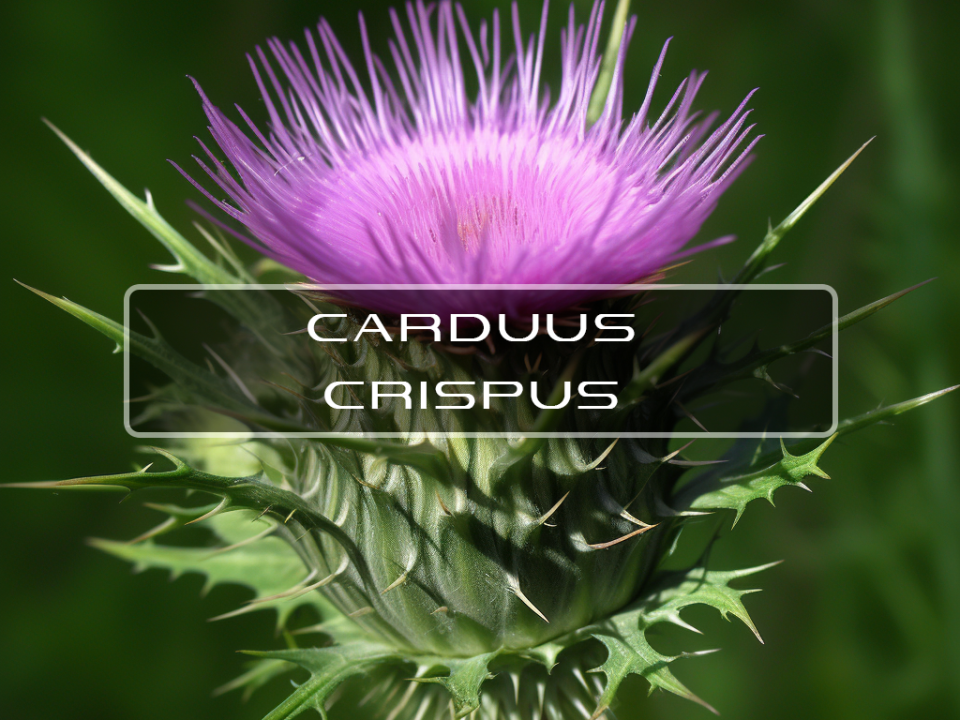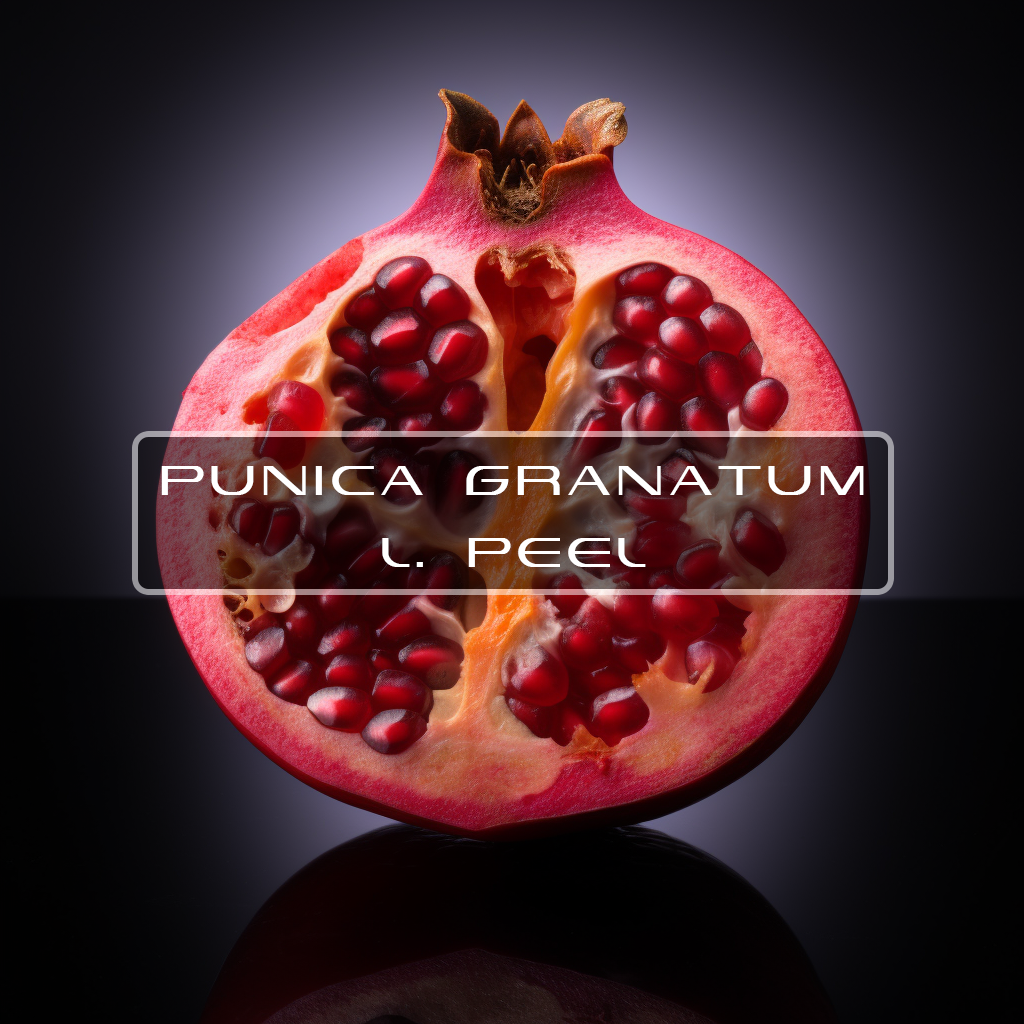
Punica Granatum
September 30, 2018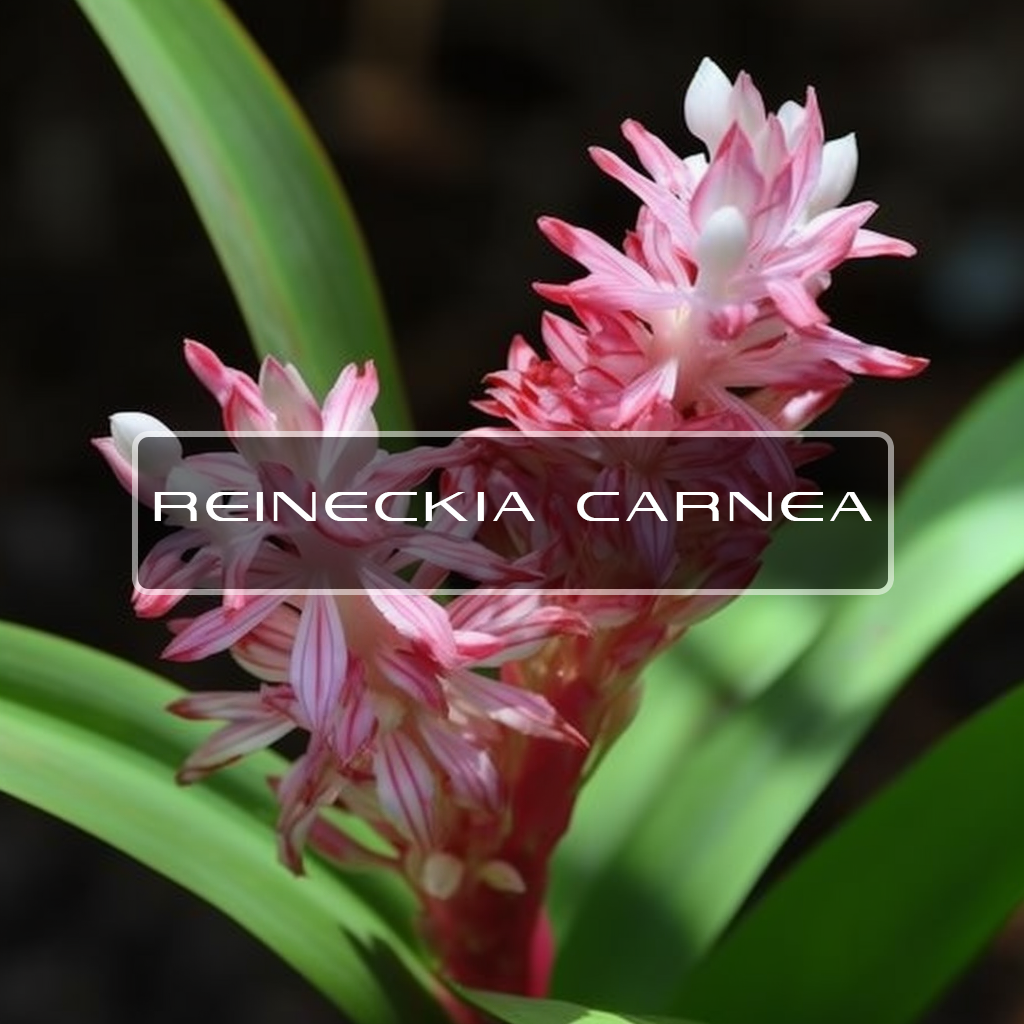
Reineckia Carnea
September 30, 2018Rabdosia Rubescens

This plant contains many active ingredients such as terpenoids, flavonoids, polysaccharides and organic acids. While the many uses for this plant has been in treatment for sore throats, arthritis, and various kinds of cancer.
It has been used in Traditional Chinese Medicine for the uses of anti-tumor, anti-microbial, anti-inflammatory and antioxidant.
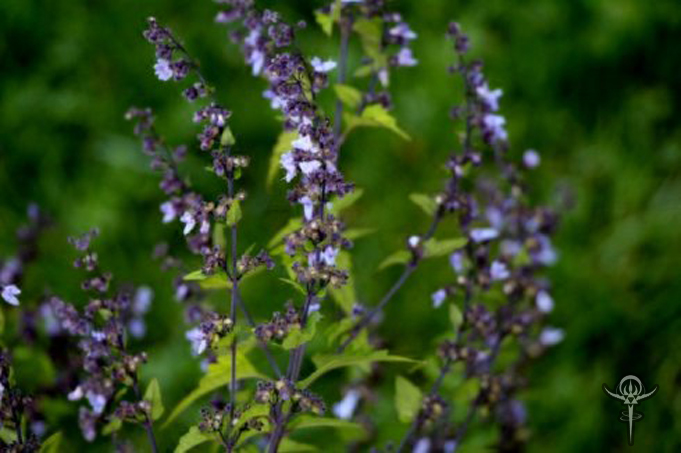
Benefits of Rabdosia Rubescens
The increased incidence of apoptosis, identified by characteristic changes in cell morphology, was seen in tumor lines treated with oridonin.
Oridonin inhibits cancer cell growth in a cell cycle specific manner and shifts the balance between pro- and anti-apoptotic proteins in favor of apoptosis. The present data suggest that further studies are warranted to assess the potential of oridonin in cancer prevention and/or treatment.
Anti-Cancer - Ponicidin and oridonin are novel diterpenoids isolated from Rabdosia rubescens. We tested their effects in MCF-7 and MDA-MB-231 cells, as representing low and high invasive breast carcinoma, with normal MCF-10A cells.
These results provide a mechanistic framework for the cellular effects of ponicidin and oridonin in different stage breast cancer cells.
In this study, we examined the inhibitory effects of certain individual components of PC-SPES on the in vitro proliferation of the human breast cancer cells MDA-MB231 and the human umbilical vein endothelial cells (HUVEC).
In mouse experiments, the extract from Rabdosia rubescens suppressed breast cancer xenograft size and decreased the tumor vessel density.
We conclude that Rabdosia rubescens may potentially be used to treat or prevent breast cancer, and that the extract from this herbal source deserves further studies.
Antioxidant - The objective of this work was to investigate the antioxidant and antibacterial activities of different extracts from Rabdosia rubescens and to further evaluate the antibacterial mechanism of extracts.
The antibacterial mechanism of ethanol extracts against Staphylococcus aureus might be described as it disrupts cell wall, increases cell membrane permeability and then leads to the leakage of cell constituents.
Apoptosis - Recently, we purified oridonin from Rabdosia rubescens, one component of PC-SPES, by high performance liquid chromatography (HPLC). The ability of oridonin to inhibit the proliferation of cancer cells was examined by MTT assay.
Oridonin inhibited the proliferation of cancer cells via apoptosis and cell cycle arrest with p53 playing a central role in several cancer types which express the wild-type p53 gene.
In this next study they investigated the apoptosis‐inducing effect of oridonin, a diterpenoid isolated from Rabdosia rubescens, in the human cervical carcinoma HeLa cell line.
Our results showed that oridonin‐induced apoptosis involved several molecular pathways. Oridonin may suppress constitutively activated targets of phosphatidylinositol 3‐kinase (Akt, FOXO, and GSK3) in the HeLa cell line, inhibiting the proliferation and induction of caspase‐dependent apoptosis.
Anti-Proliferation Effect -In this study, the anti-proliferation effect of oridonin against the human colorectal carcinoma cells HT29 was investigated both in vitro and in vivo.
Notable apoptosis and decrease of mitochondrial membrane potentials was also detected by flow cytometry.
As a result, oridonin could inhibit the proliferation of HT29 cells both in vitro and in vivo, and induce apoptosis partly via the mitochondrial pathway.
Gingivitis Cure - This study evaluated the efficacy of rabdosia rubescens against gingivitis and compared the therapeutic efficacy of different dosage forms of rabdosia rubescens.
It was concluded that rabdosia rubescens showed great promise in treating gingivitis. And rabdosia rubescens drop pill was more efficacious than rabdosia rubescens tablet.
Anti-Tumor - The aim of the present study was to evaluate both the in vitro and in vivo antitumor activity of an oridonin nanosuspension (ORI-N) relative to efficacy of bulk oridonin delivery.
ORI-N effectively inhibited the proliferation of SMMC-7721 cells. Flow cytometric analysis demonstrated that ORI-N arrested SMMC-7721 cells in the G2/M cycle, and furthermore, that ORI-N induced a higher apoptotic rate than the bulk ORI solution.
These results suggest that the delivery of ORI-N as a nanosuspension is a promising approach for treating tumors.

Related Products

